Art and technology, two fields often seen as opposites, sometimes converge to shape cultural and industrial revolutions. Steve Jobs, the visionary founder of Apple, always looked beyond the boundaries between disciplines. Fascinated by art, architecture and philosophy, he believed that the fundamental principles of aesthetics could transform technology into an emotional experience.
Among his sources of inspiration, a work by the great Pablo Picasso, titled The Bull, played a crucial role in shaping his design philosophy. This piece is not a simple representation of the animal: it is the result of a process of abstraction and refinement that reveals a universal philosophy: getting to the essence of things. Jobs saw in The Bull a powerful metaphor, which is why he incorporated it into Apple’s internal training through the Apple University.
How did a series of lithographs created in 1945 by a major artist influence the design of Apple products, which have now become icons of simplicity and elegance? Let’s revisit this fascinating story that blends art and technology.

1 - The Bull by Pablo Picasso: a quest for the essential
A - Presentation of the artwork
A true masterpiece of artistic deconstruction: this is how one could describe this remarkable creation by Pablo Picasso.
In 1945, amidst the post-war excitement, the artist embarked on an unprecedented project. He created a series of 11 successive studies around an emblematic subject, the bull, before concluding with a twelfth study that served as a masterful signature. Through these works, disseminated thanks to the lithography technique, Picasso explored the multiple facets of his subject. Each stage reflects his ability to deconstruct and reinterpret forms, transforming a complex image into an essential outline, while playing with the perceptions and emotions of the viewer.
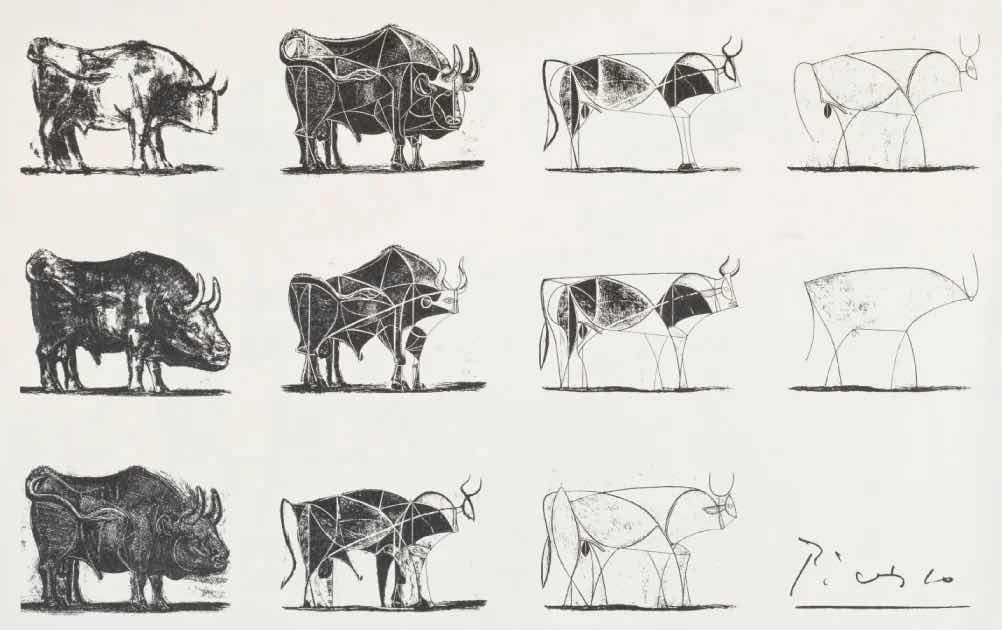
The Bull, Pablo Picasso, 1945
Each version of the bull marks a step in the process of simplification: Picasso moves from detailed realism, rich in muscles and textures, to a radical abstraction where only a few lines remain. This gradual stripping away was printed in a lithograph limited to 50 copies by the printer Fernand Mourlot, accompanied by 18 artist proofs.
B - The 11 representations: from complexity to purity
The series begins with a realistic vision: the bull is drawn with great anatomical precision. The muscles, movement, and vitality of the animal are evident in the early stages. Then, as the series progresses, Picasso eliminates unnecessary details: he simplifies the contours, reduces the volumes, and refines the visual essence.
The eleventh and final version, consisting of just a few lines, is a true abstraction. Yet, despite its extreme simplicity, it perfectly captures the energy and spirit of the bull. What was once complex and heavy becomes pure and universal.
C - A process, a philosophy
With this series of bulls, Picasso didn’t simply show an artistic evolution: he demonstrated that true understanding of a subject, for him, comes through its simplification. To get to the essence is to eliminate what is unnecessary while preserving the soul and identity of the original subject.
Also read: The 10 most beautiful quotes by Pablo Picasso
2 - Steve Jobs and the praise of minimalism
A - "Simplicity is the ultimate sophistication"
Steve Jobs, a fervent admirer of art and design, shared this quest for simplicity. He liked to quote Leonardo da Vinci: "Simplicity is the ultimate sophistication.".
For Jobs, simplicity was not a compromise: it represented the culmination of hard work to distill what was complex into something evident and elegant.

The Apple University launched by Steve Jobs in 2008
It was in this spirit that he introduced The Bull by Picasso into the training at Apple University, the internal program designed to instill Apple’s culture in its employees. The artwork served as a teaching tool to explain how to strip away the unnecessary in the creative process in order to reach the essence of a product or idea.
B - Simplicity in Apple design
Jobs' minimalist philosophy is expressed in Apple products. Here are some examples:
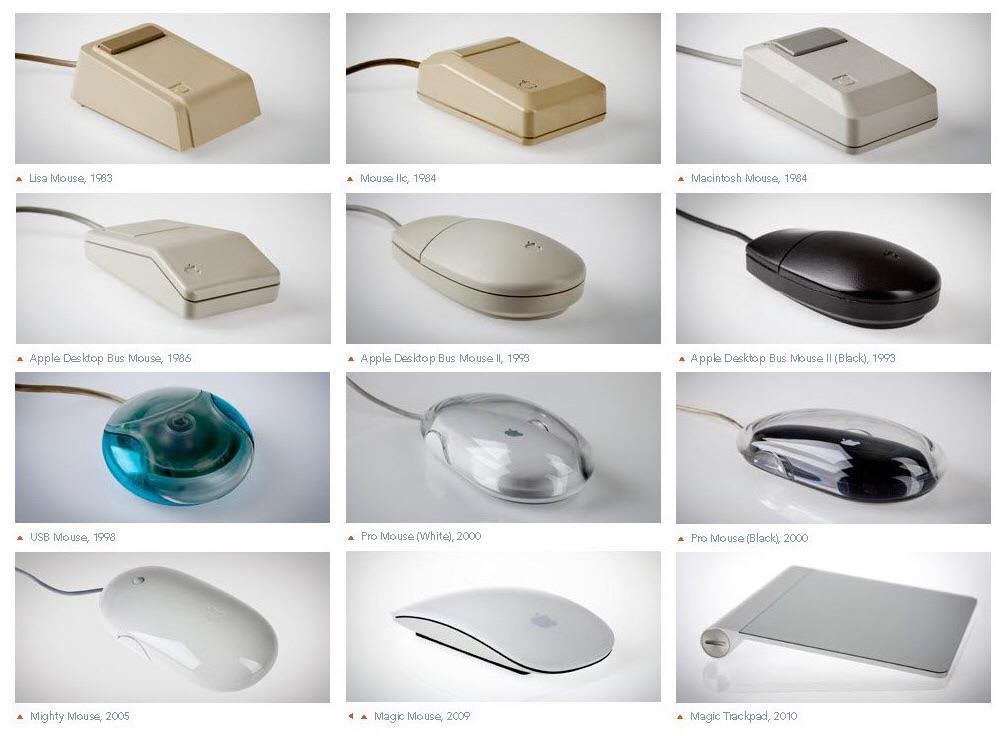
Apple mice since 1983
From a complex, multi-button design to a single-button mouse, then to the Magic Mouse, the evolution illustrates the quest for intuitiveness and elegance.
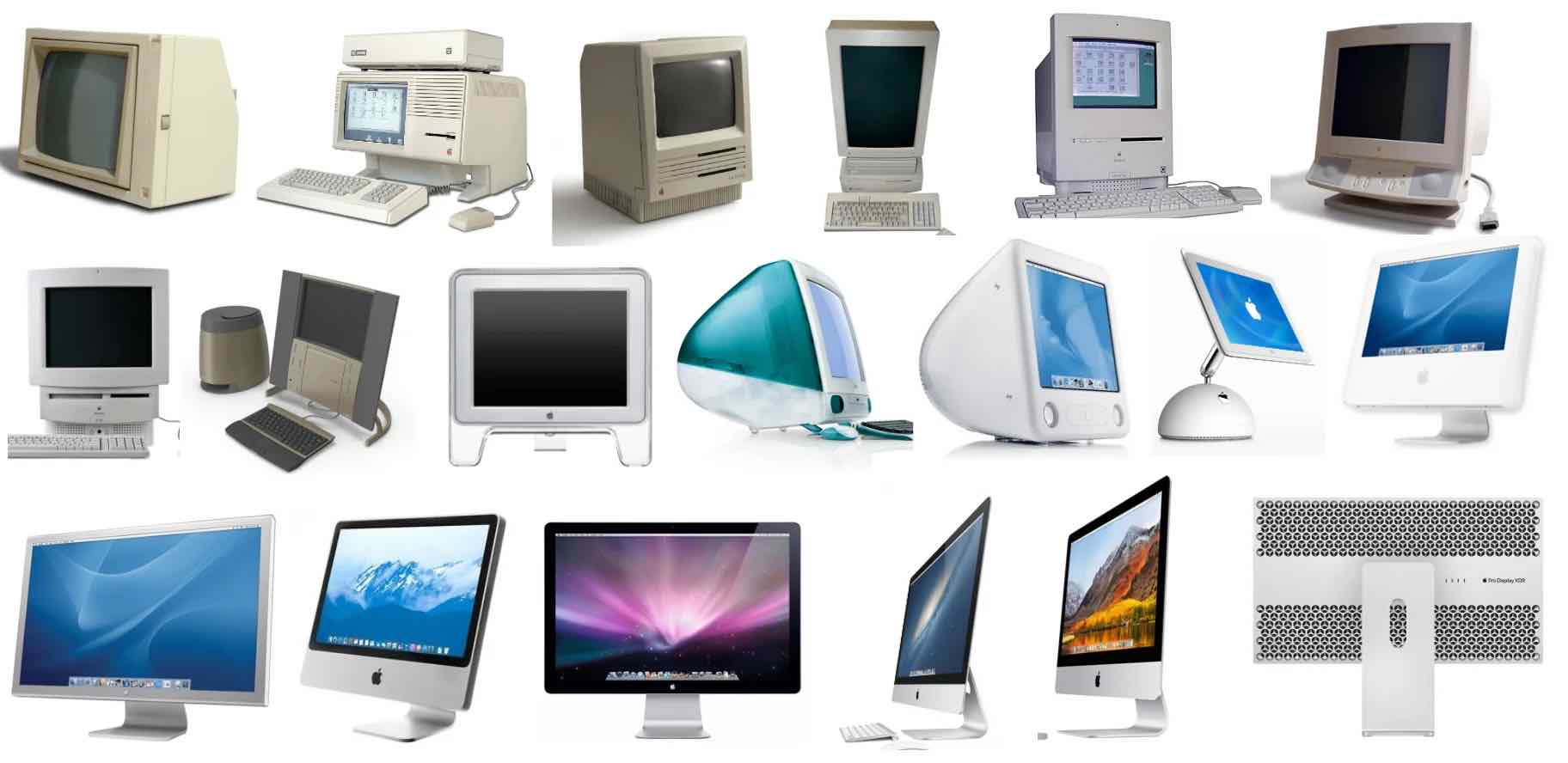
The evolution of Macs since their launch in 1984
The Mac, iPhone and iPad: These devices are designed to offer a simple user experience, with clean lines and an intuitive interface. The idea is to make complex technical aspects invisible, so that the user can concentrate on the essentials.

Apple Remote vs. Sony Remote
Siri Remote remotes: compared to competitors' remotes, which are often overloaded with buttons, Apple has opted for a minimalist design, with just a few essential commands.
3 - Picasso's influence on Apple's product approach
A - Concrete parallels between The Bull and Apple
Just as Picasso deconstructed the bull to reveal its essence, Apple applies a similar process to its products. Simplification is never immediate: it first requires a deep understanding of the object, then the removal of anything that doesn't add value.
Some striking examples:
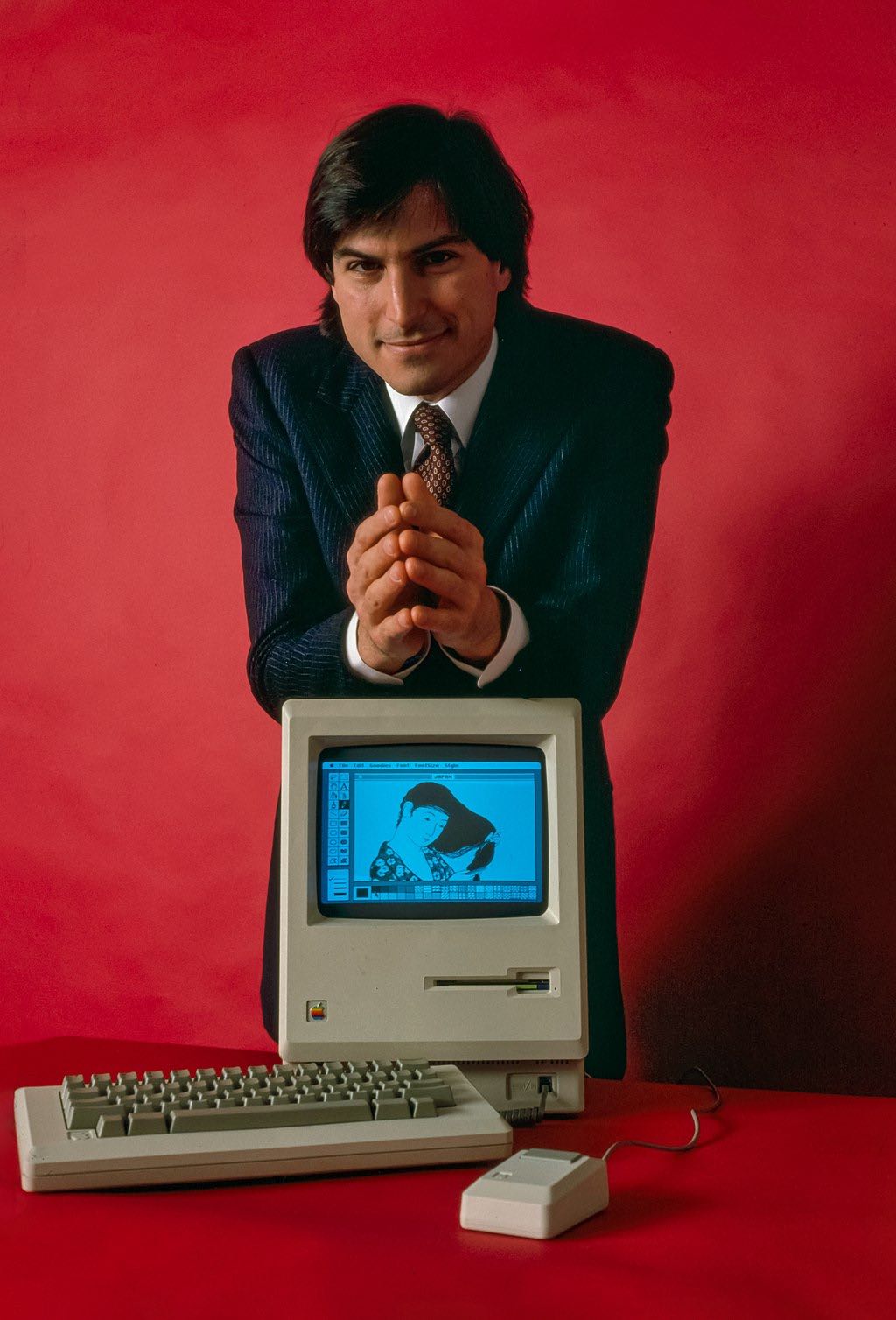
Steve Jobs with a Macintosh 128K in January 1984
The first Macintosh (1984): This was one of the first personal computers to make computing intuitive, thanks to its simplified graphical interface.
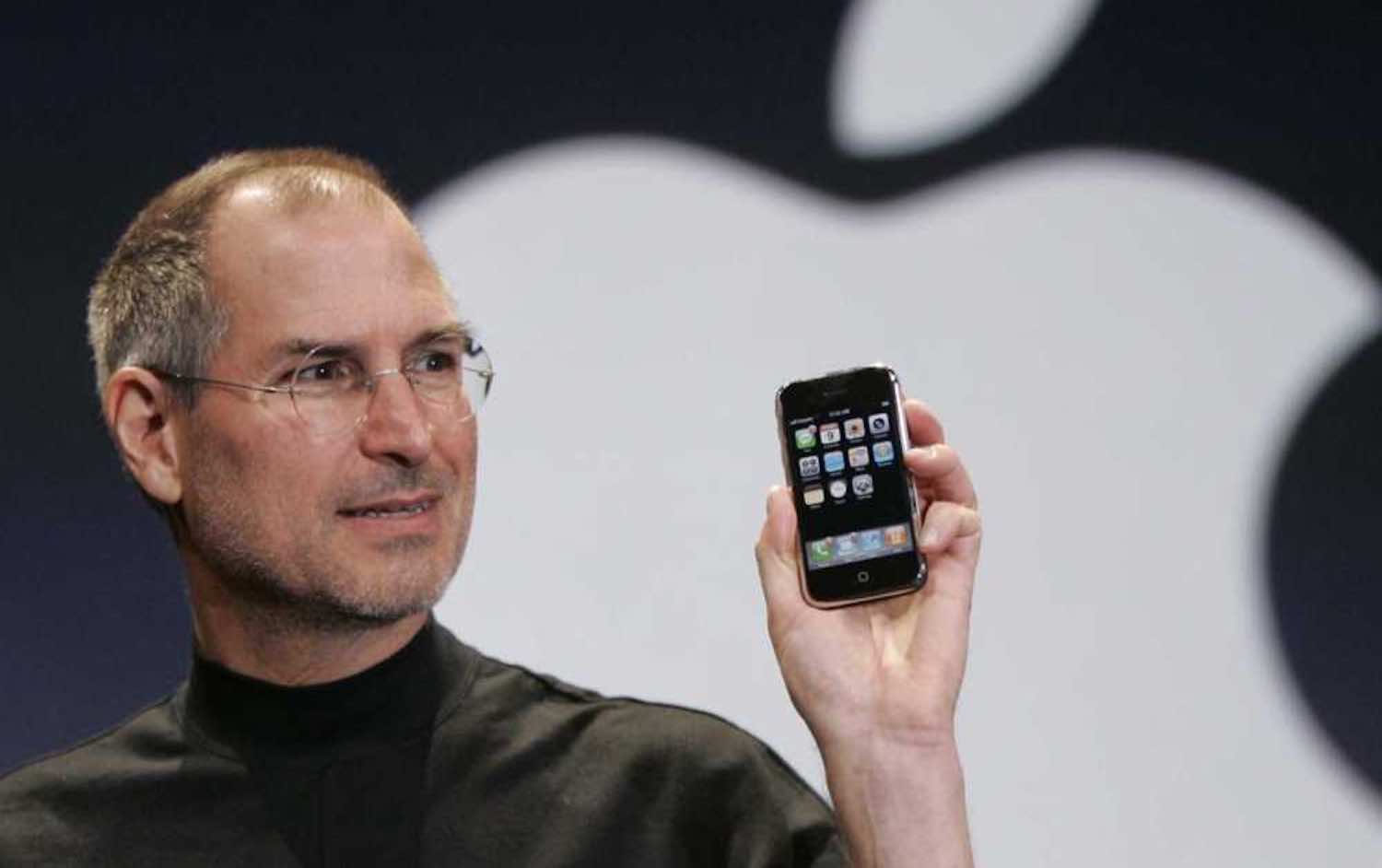
Steve Jobs presenting the first iPhone in 2007
The iPhone: At its launch in 2007, Jobs explained that his aim was to do away with complex physical keyboards and make way for a touch screen.
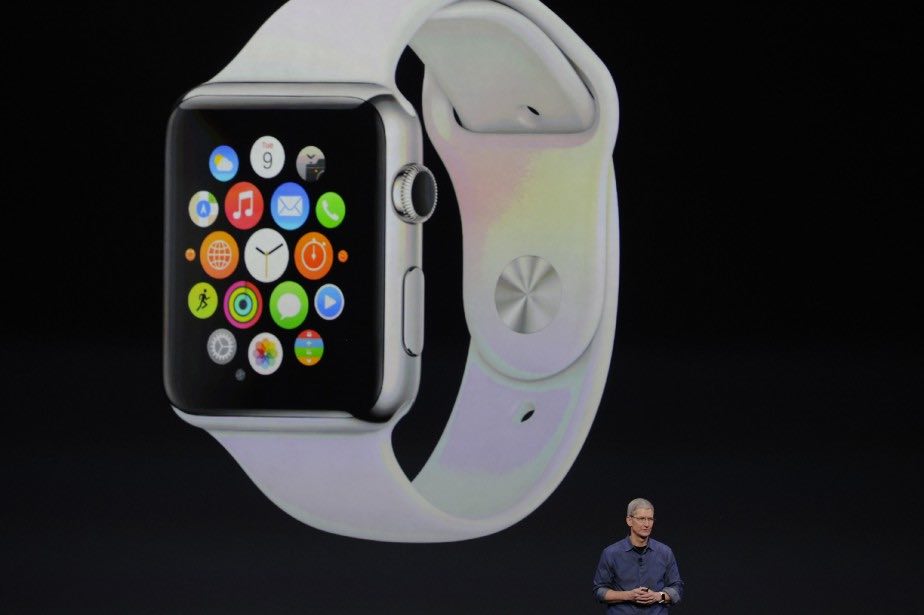
Tim Cook during the launch of the first Apple Watch in 2014
The Apple Watch: Although it is packed with features, its interface is based on a minimalist and clear design.
B - A method that transcends aesthetics
For Jobs, simplicity was not just a matter of design: it served the user experience. This stripping down of products made technology accessible to everyone, whether amateurs or professionals.
In this commercial, Steve Jobs himself reveals the spirit of Apple at the turn of the third millennium. The campaign featured iconic figures such as Albert Einstein, Bob Dylan, Martin Luther King, Richard Branson, John Lennon, Yoko Ono, Buckminster Fuller, Thomas Edison, Muhammad Ali, Ted Turner, Maria Callas, Mahatma Gandhi, Amelia Earhart, Alfred Hitchcock, Martha Graham, Jim Henson, Frank Lloyd Wright and of course, Pablo Picasso.
4 - Why this philosophy works: the power of simplicity
Minimalism is appealing because it speaks to everyone. The absence of distractions creates an intuitive, direct, and emotionally impactful experience.
The benefits:
- Universal accessibility: A simple interface or product is easier to understand for users of all ages and levels of expertise.
- Timeless aesthetics: Minimalist products, like refined works of art, tend to age better.
- Increased efficiency: By eliminating the superfluous, simplicity allows focus on what truly matters.
It is this philosophy that allowed Apple to create products now considered cultural icons.
5 - Conclusion: Simplify to innovate
The Bull by Picasso is not just a work of art, but a masterful demonstration of the essence of creation: getting to the essence. Steve Jobs embraced this philosophy to design products that don’t just function, but simplify life.
This approach reminds us of a fundamental truth: innovation often means removing rather than adding, clarifying rather than complicating. Whether in art, design, or technology, lasting impact arises from this quest for purity, where every detail matters and nothing is superfluous.




